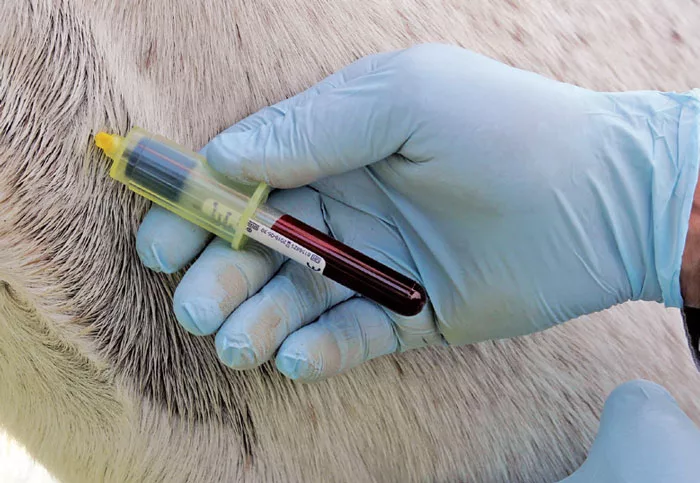American Farriers Journal
American Farriers Journal is the “hands-on” magazine for professional farriers, equine veterinarians and horse care product and service buyers.

When horses consume pasture, hay or commercial feed, the pancreas secretes insulin. Photo: Life Data Labs
Insulin resistance, insulin dysfunction and equine metabolic syndrome are among a collection of rapidly increasing endocrine conditions affecting the horse population in the United States today
Insulin resistance (IR) occurs when cells become resistant to the action of the insulin secreted by the horse’s pancreas, leading to higher blood glucose levels. The glucose secretion is the body’s attempt to lower blood glucose, thereby causing increased blood insulin levels. Some of the excess blood glucose is stored as glycogen in muscle and liver or converted to adipose tissue. Excess blood glucose is also excreted by the kidneys into the urine.
Insulin dysregulation occurs in horses that cannot regulate blood insulin levels. Equine metabolic syndrome often results from insulin-related dysfunction in horses and is characterized by three components: insulin dysregulation, observable obesity or localized fat deposits, and a high risk of or a documented instance of laminitis.
With an estimated 50% of the United States horse population overweight,1 managing insulin-related pathologies is a growing concern among horse owners and equine professionals alike. Fortunately, recognizing key indicators of IR, educating horse owners and implementing effective management techniques can decrease the risk…